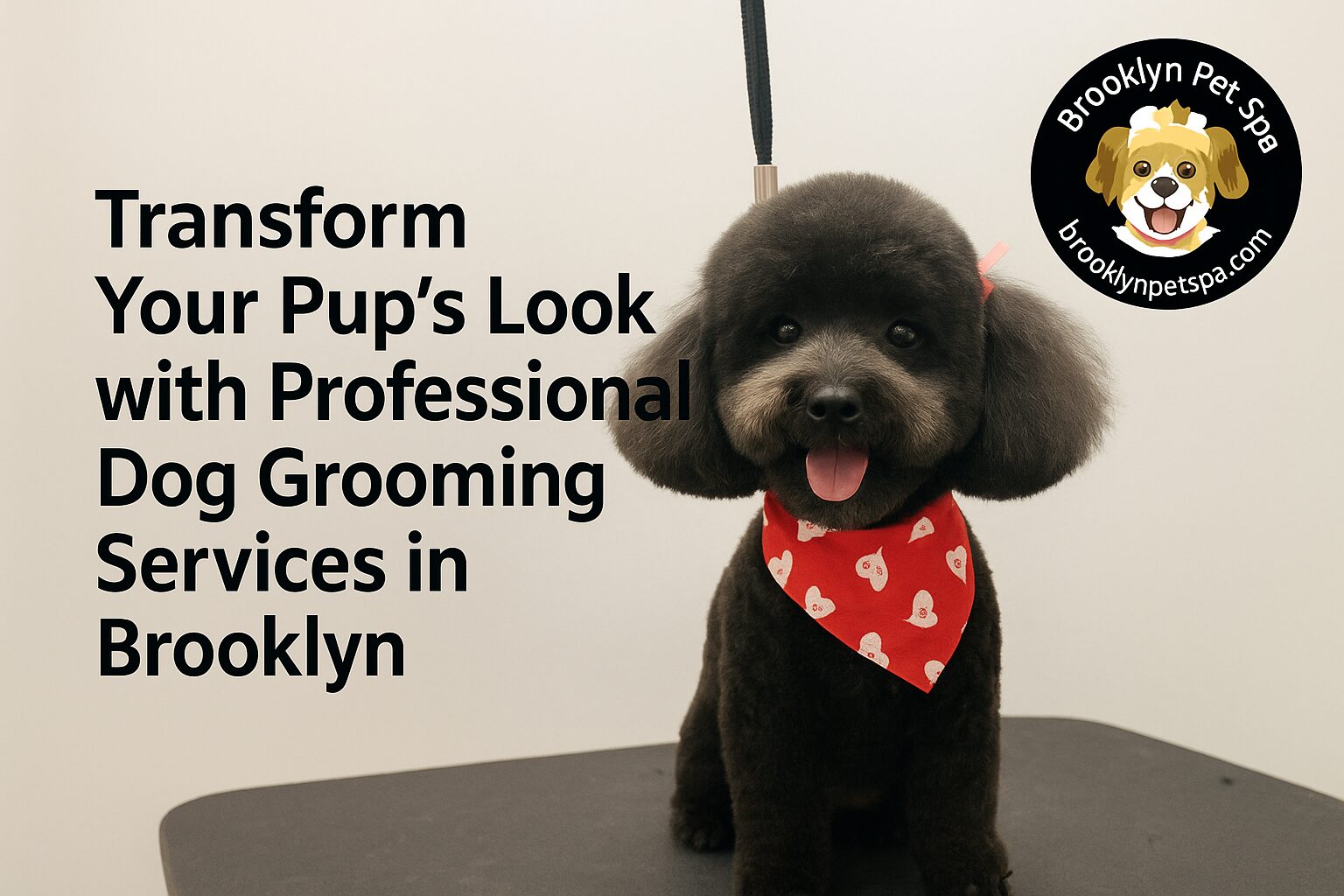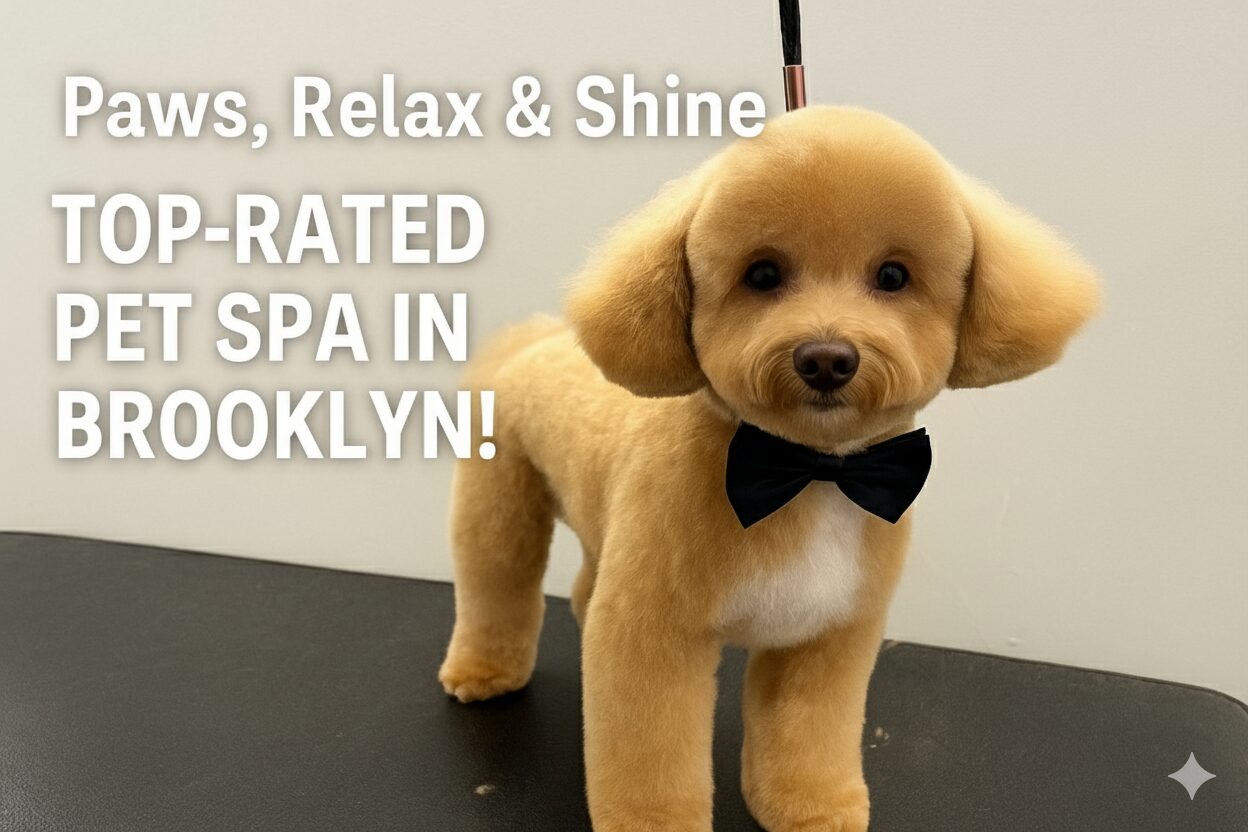As pet owners, you will agree that every dog is unique and so are their grooming needs. The length, texture, and volume of your dog’s coat will determine how frequently they should get their fur combed, groomed, and washed. Although grooming requirements vary by breed, there are specific criteria for various types of dog fur.
We have gathered information from different sources to help you understand how often you should have your dog groomed. We’ll go through grooming requirements for short-haired dogs, long-haired dogs, dogs with thick undercoats, and dogs with silky hair in this post.
Table of Contents
ToggleHow Often Do Short-Haired Dogs Need To Be Groomed?
Short-haired dogs, predictably, require less grooming than long-haired dogs. Unless there is a medical reason, short-haired dogs do not require trims. However, haircuts might be damaging to short-haired dogs due to the near proximity of cutting into their skin.
That doesn’t mean your short-haired dog’s coat doesn’t need some caring. Brushing your dog’s skin and coat regularly helps maintain its health by removing dirt and dispersing oils.
When short-haired dogs shed, they are advised to be brushed using a curry-type brush (which can be any time of year for short-haired dogs). We recommend brushing your short-haired dog’s undercoat at least every other day since stray fur trapped in the undercoat might aggravate their skin.
Curry brushes are ideal for short, smooth hair dogs, such as Pit Bulls, Pugs, and Boston Terriers. A thorough wash every 4 to 6 weeks is recommended for dogs with oily skin. Otherwise, dogs should be washed every 6 to 12 weeks.
How Frequently Should Long-Haired Dogs Be Groomed?
The answer to this question is every day. And if you really want your dog’s fur to grow out healthy and longer, you should brush it twice a day.
Greyhound combs are ideal for dogs with long hair. It’s the most effective method for removing tangles that form near to the skin, where they do the most damage. If painful knots go undiscovered, they will form uncomfortable mats that irritate your dog’s skin.
Long-haired pups require a wash every 4 to 6 weeks, with a trim every 8 to 12 weeks. A visit to Brooklyn Pet Spa once every six weeks might help you attain a nice mix of both. The more you comb your furry friend, the more you can go without grooming appointments. If you don’t have time to brush your dog daily, Brooklyn Pet Spa groomers recommend more frequent appointments to maintain your dog’s skin and hair healthy.
How Often Should Dogs With Thick Undercoats Be Groomed?
According to experts at Brooklyn Pet Spa, dogs with heavy undercoats, such as Pomeranian and Spitz breed, require daily brushing and monthly baths to stay healthy and happy. Since cutting the undercoat might disturb the growth pattern and texture, we recommend using an undercoat rake with spinning tines rather than sharp blades.
Every 8 to 12 weeks, professionals at Brooklyn Pet Spa will remove your dog’s undercoat thoroughly, allowing the skin to breathe without losing effective protection. We recommend a neat trim for these dogs since excessive haircuts might disrupt undercoat regeneration, which can roughly take up to two years to regrow.
How Frequently Should Dogs With Silky Hair Be Groomed?
Brooklyn Pet Spa’s expert view is that dogs with smooth hair benefit from daily brushing and combing. We suggest using a comb to sift that will not pull on the hair. The regularity of trims depends on whether you want to preserve their coat or not. Still, we recommend four to eight weeks for specific breeds.
It is observed that silky-haired dogs have next to no undercoat or oily skin, necessitating more frequent bathing than trimming.
Other Factors to Consider
Although your dog’s grooming needs depend entirely on the length of their fur, you still need to consider quite a few things other than just the length of their coat. Here’s what you need to take into account:
- Allergies
- The environment
- Your budget
Allergies
Many animals, just like humans, have allergies, and it is highly likely that they impact the quality and condition of their coats. If your pet has allergies, you may need to change the regularity with which you groom them.
Some allergies necessitate more frequent maintenance, while others may be worsened by regular grooming.
Consult your vet and groomer to determine how frequently you should get your dog groomed. Experts at Brooklyn Pet Spa have the most remarkable insight into your pet’s specific needs, from the items that will work best for them to the regimen that would keep them happy.
Your Environment
Dogs who spend more time outside will require more frequent washing and grooming due to the mud, bugs, and pollen accumulated in their fur.
You may be able to get away with less regular grooming for dogs who spend most of their time inside.
When selecting when to arrange your next grooming session, consider the environment you reside in, how regularly your pet is indoors, and your pet’s specific coat features.
Your Budget
Having your pet groomed by a professional service is not cheap. Therefore, you must carefully evaluate how frequently you are willing to spend the money.
If budget is a concern, work with your groomer and vet to establish the bare minimum of grooming sessions your dog needs annually. This will allow you to estimate how much you’ll spend on grooming and whether you’ll be able to add extra appointments if your budget allows.
When you groom your dog at home in between grooming sessions, be sure to brush out the coat properly to avoid matting in the fur. It can tug on the skin and irritate it, causing your fur buddy discomfort.
THE TAKEAWAY!
As professional groomers, Brooklyn Pet Spa tries to meet every client’s individual needs. It can take up to a year to identify a regimen that works well for a dog. That time and energy are more than worth it; however, finding a routine that really works for your dog and yourself makes us feel like we are qualified groomers who can care for your dog’s needs.








